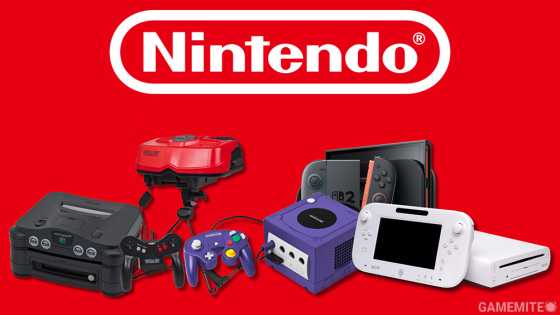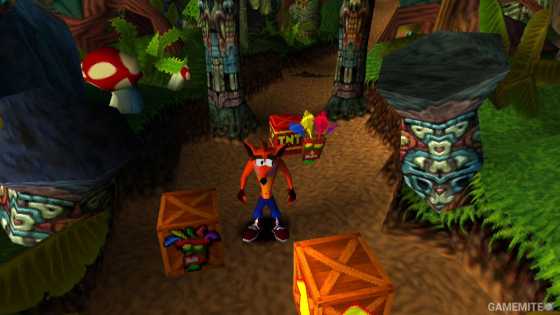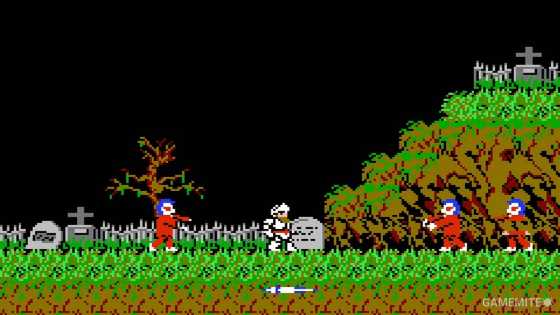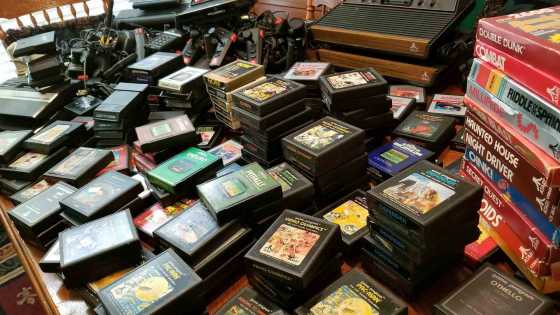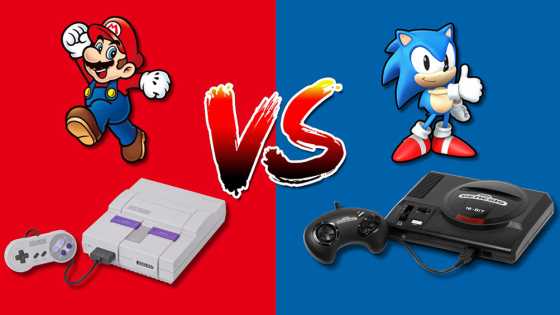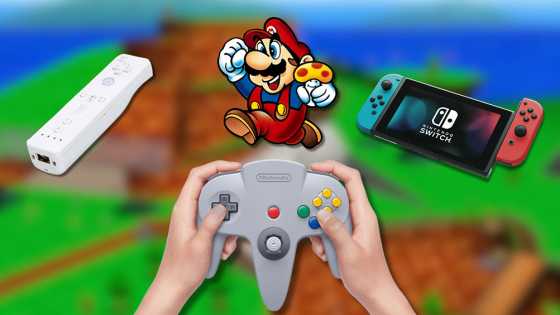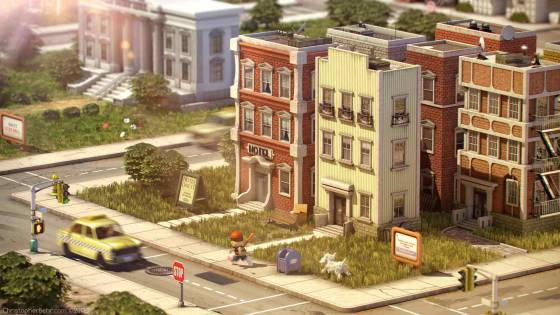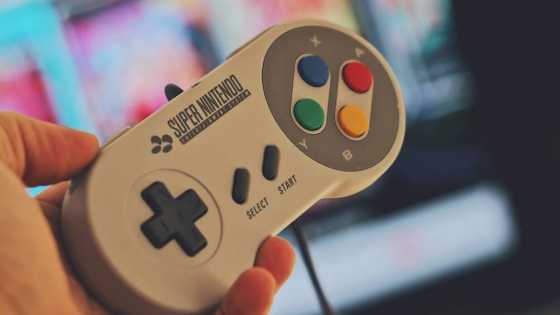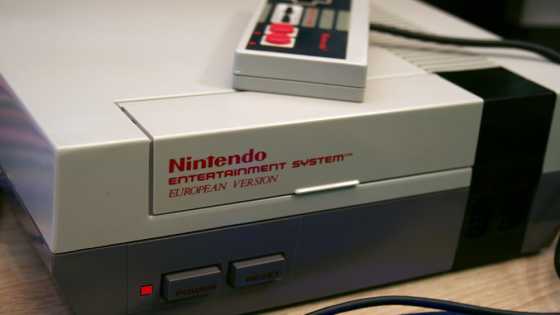How Pokémon Saved The Game Boy During Its Final Years
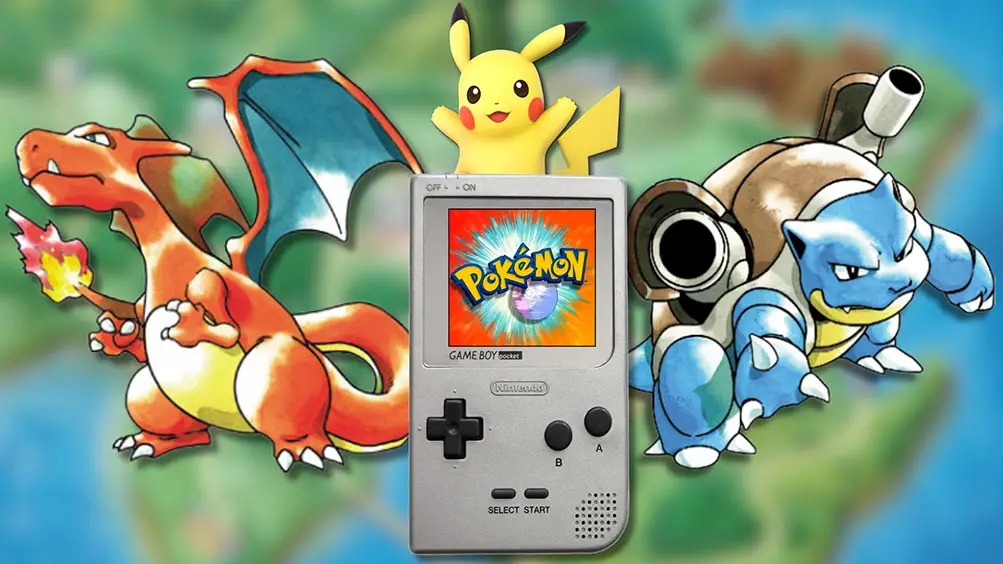
Everybody knows the original Game Boy as the system that revolutionized the video game industry forever by single-handedly popularizing handheld gaming. Curiously enough, however, it was launched in 1989, its successor (the Game Boy Color) came out in 1998, and it was finally discontinued in 2003. This is a surprisingly long lifespan for a handheld system, and its impressive longevity can be almost entirely attributed to a single game franchise: Pokémon.
Pokémon Red and Blue came out for the Game Boy in 1996 – seven whole years after the system’s initial launch – and it was such a unique and inventive title that it pretty much saved this handheld in its final years, during a time when consumers were already looking for something a bit more advanced. The massive popularity of the Pokémon franchise has redefined not only the Game Boy but also the entirety of Nintendo’s handheld division, and in this retrospective, you’ll find out exactly how and why this happened.
The Final Years Of The Game Boy
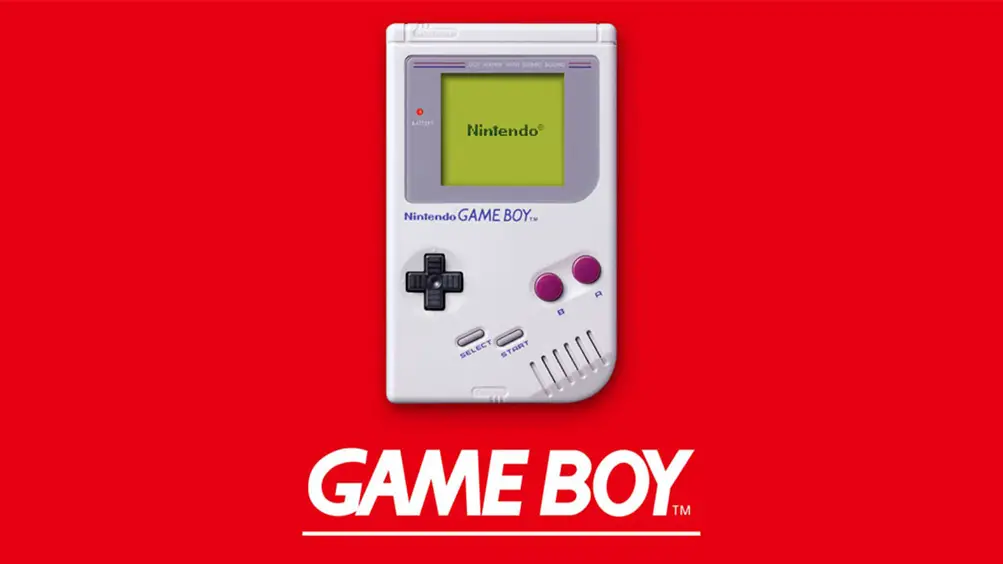
The original Game Boy came out on April 21, 1989, in Japan, and a few months later, on July 31, in North America. Needless to say, this small but ambitious device completely revolutionized the gaming market for many important reasons. Don’t be mistaken: this was not the first handheld ever made, as even Nintendo itself dipped its toes into that unexplored market in the 80s with the Game & Watch family of systems, but the Game Boy eventually proved to consumers that they could play any games, anywhere they went, while also laying the foundation for what a handheld device should be. It’s very similar to its big brother, the Nintendo Entertainment System, in that regard: the NES wasn’t the first home console, but it was the one that helped popularize the medium, and the Game Boy did something similar to its own specialized market.
The most impressive aspect of the Game Boy’s success was how rudimentary and outdated it felt when compared to its direct competition: it was big, clunky, and its screen could only display games in green and black. Even handheld devices that were released shortly after it, like the Atari Lynx and Sega’s Game Gear, could play games in full color. And yet, the Game Boy repeatedly outsold them throughout the 90s, reaching a total of 118.69 million units sold at the end of its life cycle, while the Atari Lynx and the Game Gear only sold 3 million and 12 million, respectively. Let’s be honest: not many people remember either of those handhelds, but the Game Boy is still considered a gaming icon to this day.
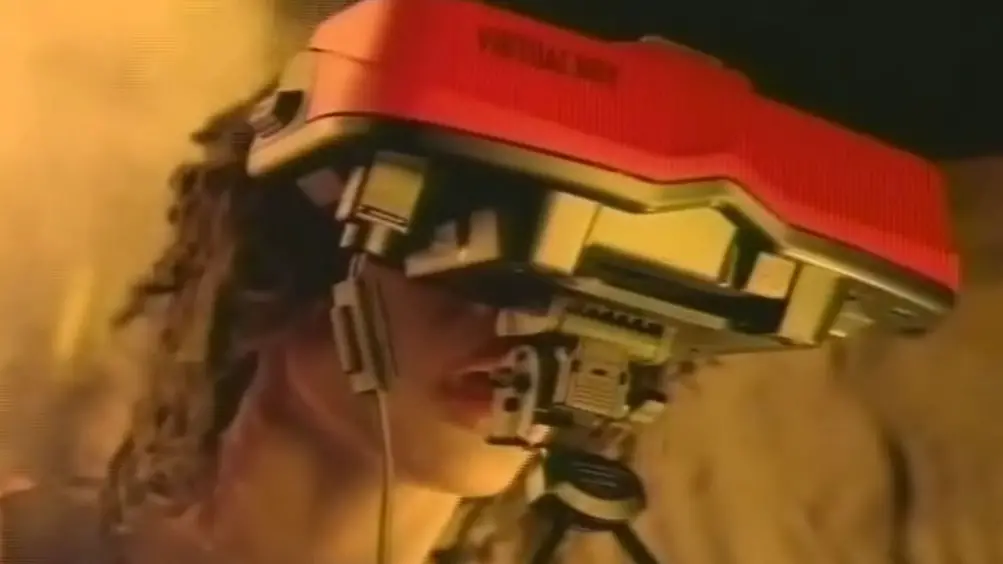
With its cheaper price, accessible hardware, and a collection of excellent games – which included Super Mario Land, The Legend of Zelda: Link’s Awakening, Metroid 2: Samus Returns, and its undisputed biggest system seller: Tetris – the Game Boy became a gaming staple during the late 80s and early 90s. Around that time, Nintendo legend Gunpei Yoko began working on a revolutionary new device called the Virtual Boy, which was supposed to be a spiritual successor to the Game Boy that was capable of running stereoscopic 3D graphics, like a primitive but ambitious virtual reality system. Unfortunately for the company, however, the Virtual Boy ended up becoming a colossal failure, both in terms of sales and critical reception, and it was discontinued a little over a year after its release.
This did not fare well for the Game Boy, as this handheld device, which was already seen as relatively outdated when it launched, had already enjoyed six years of financial and critical success, and it was reaching the end of its natural life cycle. By 1995, consumers were ready to see what revolutionary handheld Nintendo was going to release next, and the failure of the Virtual Boy put an abrupt end to the company’s plans. How was the Game Boy supposed to keep competing in the portable gaming market when the technology of that time was capable of doing much bigger and better things? Fortunately for Nintendo, a miracle happened just when its designers were busy coming up with a follow-up for the Game Boy: the company released an exclusive title that quickly became a worldwide phenomenon, and it also ended up extending the system’s life cycle for a few more years.
Pokémon Took The Entire World By Storm

Two Game Boy games came out on the same day in Japan, on February 27, 1996: Pokémon Red Version and Pokémon Green Version (colloquially known as Pokémon Red & Green) This was a joint venture between Nintendo and a small studio called Game Freak, who had already worked with the Big N on titles like Yoshi for the NES and Mario & Wario. Their development was quite fascinating in and of itself, with Satoji Tajiri pitching his idea for a monster-collecting game to Nintendo, which was based on his childhood hobby of insect-collecting, gachapon machines, and the Capsule Kaiju of the classic tokusatsu superhero show, Ultraseven. Despite some reservations from the higher-ups at Nintendo, Shigeru Miyamoto himself saw potential in Tajiri’s concept and encouraged the others to approve it.
I don’t think it’s even necessary to detail what Pokémon Red & Green are about and how exactly they work, because everybody nowadays knows what Pokémon is: these were just the two games that started it all. Basically, they are turn-based RPGs with a collection of unique and interesting monsters the player can catch, train, and send into battle against NPCs. It was a refreshing and exciting take on the formula that was made even more innovative by the inclusion of a multiplayer component. By using an accessory known as the Game Link Cable, two players could connect their Game Boys in order to trade Pokémon and/or face each other in battle. This is why the game was split into two versions, as a fair share of Pokémon could only be found in one of them, which encouraged players to trade with people who had bought the other.
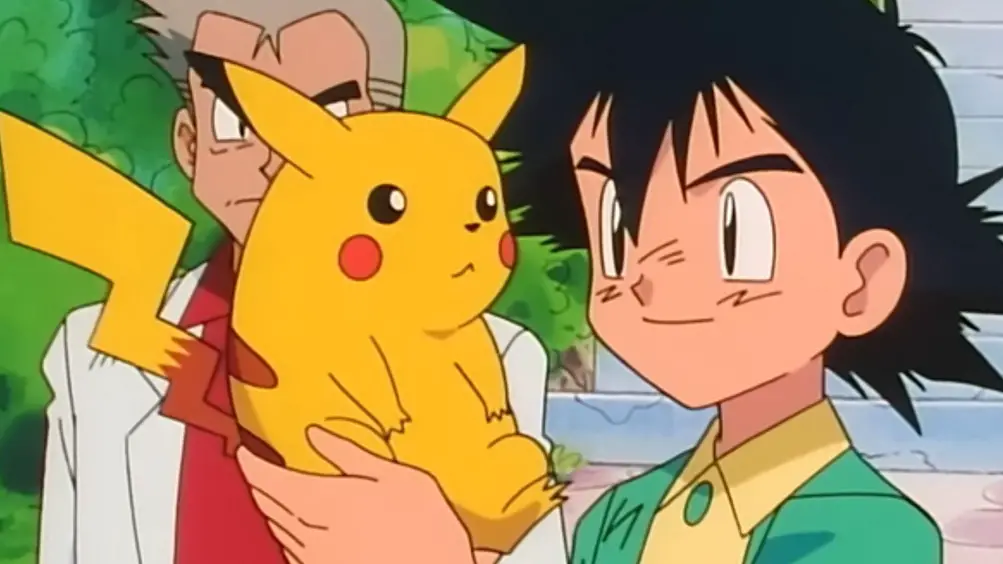
Needless to say, Pokémon Red & Green were a monumental success in Japan, with 1.04 million combined units sold in 1996, and another 3.65 million units sold the following year. To celebrate those big sales numbers, Nintendo and Game Freak released Pokémon Blue Version in December 1996, which updated the graphics, added a few quality-of-life improvements, fixed some glitches, and made a few Pokémon easier to find and catch. Red, Green & Blue were such big hits that an anime based on them (simply titled Pokémon) began airing on Japanese television on April 1, 1997 - a little over a year after the games’ release - and it is still running to this day. Although its main protagonist, Ash Ketchum (or Satoshi, in Japan) was retired in 2023 after twenty-six years.
The immediate success of Pokémon in Japan was quite impressive to say the least, especially because it would take two more years for these games to arrive in the West, but the wait was definitely worth it. On September 28, 1998, Pokémon Red Version and Pokémon Blue Version finally came out in North America, as these two games were basically localized versions of Red & Green, but with all the improvements Blue had brought to the table. Following their success in Japan, Red & Blue received very positive reviews and quickly became the fastest-selling Game Boy games, with over 200.000 units sold in their first two weeks.

On top of that, the Pokémon anime had started airing on North American television shortly before that, on September 8, 1998, which gave Nintendo and Game Freak an opportunity most companies wished they had: Children would watch Pokémon on their TVs, and then play Pokémon Red & Blue on their Game Boys. It was perfect brand synergy, and it was especially impressive when considering that the Pokémon anime had made international headlines back in late 1997, when an episode titled Electric Soldier Porygon had accidentally caused epileptic seizures in viewers and forced the show to go on hiatus for four months. For a while, people associated the name “Pokémon” with that unfortunate incident, and yet, the combined success of Red & Blue and the English dub of the anime managed to completely shatter that misconception.
“Pokémania” Saved The Game Boy Just When It Needed It Most
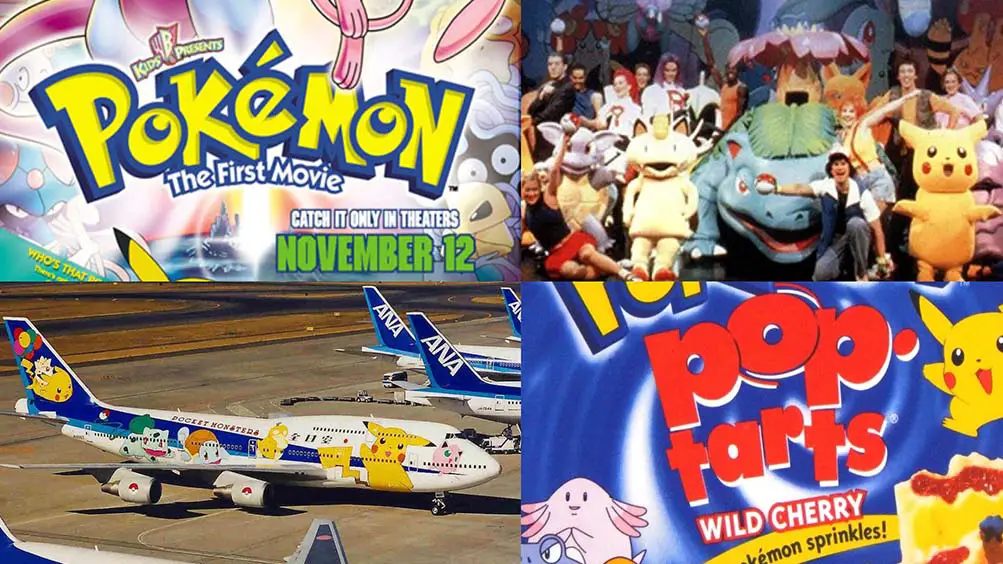
The positive reception of both the games and the anime caused a worldwide social and cultural phenomenon that was known as “Pokémania”. Pokémon was absolutely everywhere during the late 90s and early 2000s: spin-off games, theatrical films, toys, merch, partnerships with food products, commercials, and more. During that period of time, it was almost impossible not to see something related to Pokémon everywhere you went. Needless to say, Nintendo must have been more than happy with this craze, because they were selling millions of units of games that were exclusive to the Game Boy, a console that was nine years old at that point and was already seen as severely outdated. This was just what the company needed to extend the life of that system after its successor, the Virtual Boy, had failed so hard.
Pokémon Red & Blue definitely breathed new life into the Game Boy, to the point that some fans even split the handheld’s life cycle into two: Before Pokémon, and after Pokémon. The sales of this handheld even saw a significant increase during that time, as it sold over 3 million units in 1998, whereas it had sold 1.3 million the previous year. All of this makes sense because the Game Boy was seen as a “Pokémon machine” during its final years, to the point that a third North American version titled Pokémon Yellow was released in 1999, which had several design elements that were inspired by the anime that was currently airing at that time.
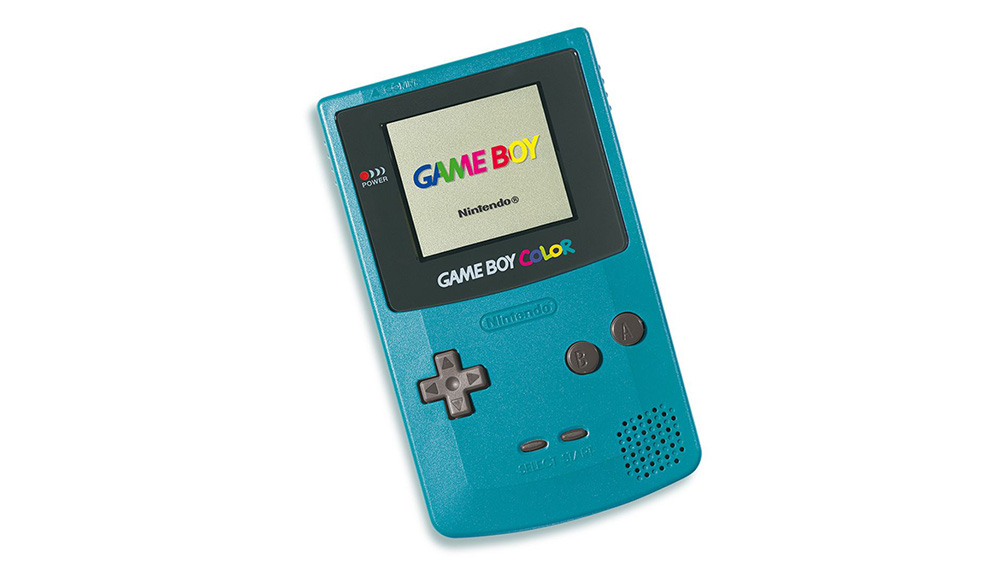
Additionally, “Pokémania” arrived at the perfect time for Nintendo, because the company released a more worthy successor to the Game Boy right around that time: the Game Boy Color. Truth be told, fans can’t seem to agree if this handheld was either a new console or just an upgraded Game Boy model, similarly to the PlayStation 5 Pro or the Nintendo Switch OLED, for example (Judging by some official publications, Nintendo apparently believes it’s an upgraded model). Nevertheless, this didn’t stop Nintendo and the newly formed The Pokémon Company from taking advantage of Pokémon’s massive popularity by releasing two brand-new exclusive games for it.
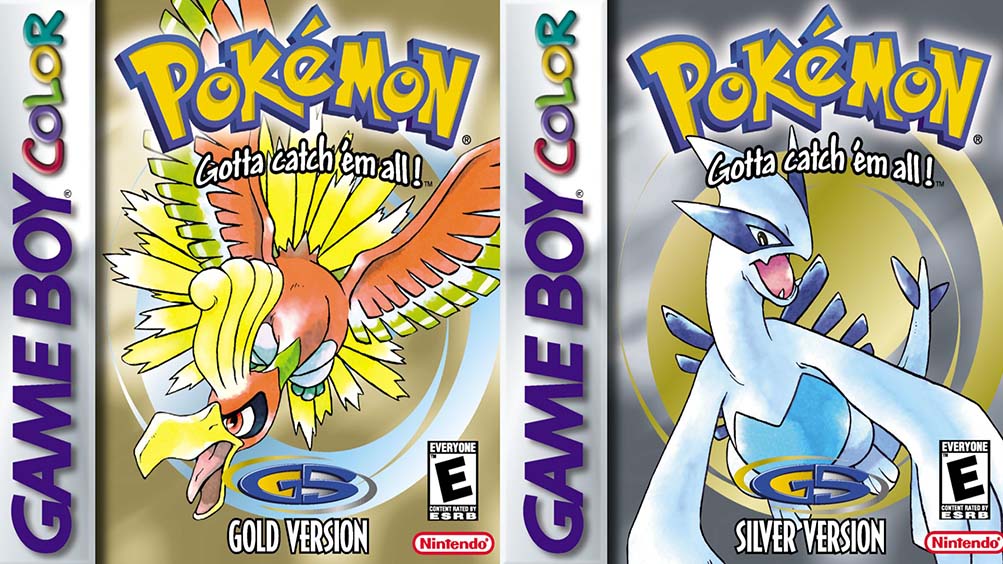
Pokémon Gold Version and Pokémon Silver Version kick-started the second generation with a new region called Johto and a collection of 100 new creatures, many of which were evolutions or pre-evolutions of Pokémon from the original games. And if all that wasn’t enough, players could also visit the previous generation’s region, Kanto, after defeating the Pokémon League.
Needless to say, Game Freak had done it again: Pokémon Gold and Silver were a huge success, and they quickly became the third best-selling Game Boy games with over 23 million units sold. This also ensured that both the Game Boy and the Game Boy Color kept selling millions of units every month, even during the early 2000s, more than ten years after the launch of the original console and a few years before the release of its rightful successor, the Game Boy Advance. But, of course, this also meant that all good things have to eventually come to an end, and “Pokémania” was no exception…
Pokémon Became A Mainstay Of The Handheld Market
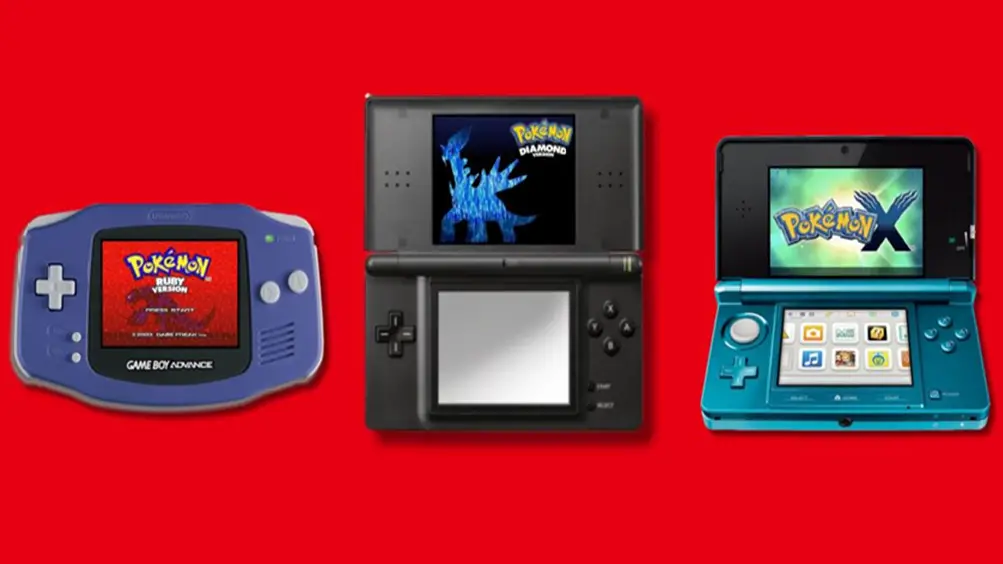
“Pokémania” was a fad, so it obviously had to die down at some point. Fortunately, it did so in a graceful way, since the Pokémon franchise had successfully become a multimedia emporium with a gigantic fan base that kept playing every subsequent release (especially younger kids) even if the entire world was no longer obsessed with the brand. But the most important thing was that Pokémon had become a mainstay of Nintendo’s handheld division that would allow the company to keep selling units of new portable consoles in the two following decades.
Of course, by the early 2000s, there were already numerous Pokémon games on home consoles, like Pokémon Stadium and Pokémon Snap on the Nintendo 64, or Pokémon Colosseum and Pokémon XD: Gale of Darkness on the GameCube, all of which were very fun spin-offs. But the Pokémon games were never meant to be single-player experiences that only one person should enjoy in their house completely alone. These were inherently social experiences, specifically designed to encourage players to go outside with their Game Boy, meet other players, and trade Pokémon and/or battle each other. Pokémon was always meant to exist on a portable medium, which is why every subsequent generation was released exclusively on one, from 1996 to 2017. In a fun twist, the Pokémon games kept evolving alongside Nintendo’s handheld consoles, similarly to how the Pokémon themselves evolve to get stronger.
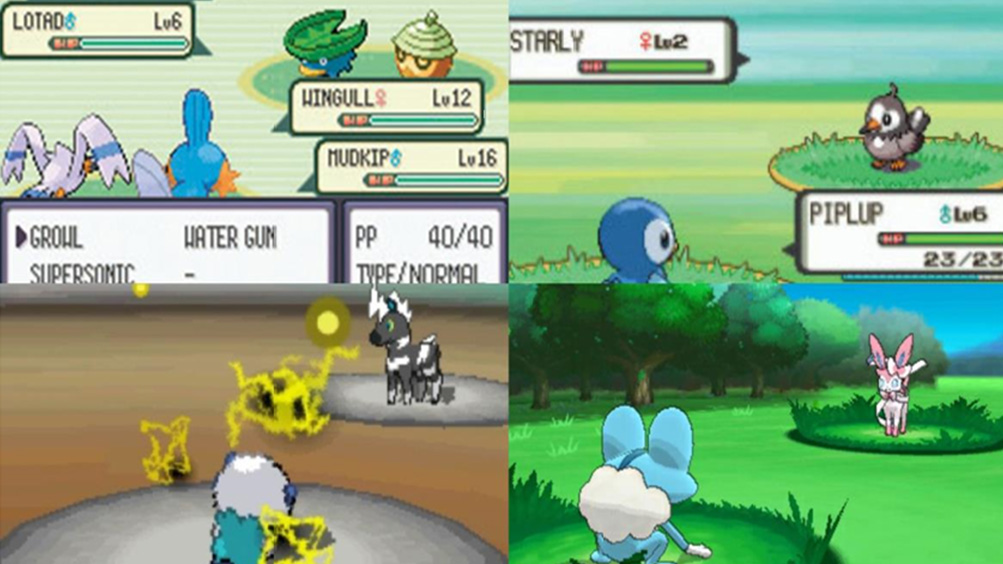
Generation Three began with Pokémon Ruby and Sapphire on the Game Boy Advance, Generation Four began with Pokémon Diamond and Pearl on the Nintendo DS, Generation Six began with Pokémon X and Y on the Nintendo 3DS, and so on. Obviously enough, some systems even had more than one Pokémon generation in them, like the DS (which had the fourth and fifth ones) or the 3DS (which had the sixth and seventh ones), and yet they all had their own sense of identity and kept improving on the ideas established by their predecessors. Needless to say, Pokémon was always at the top of the list of best-selling games for all of these handhelds: Ruby and Sapphire sold 16.22 million copies, Diamond and Pearl sold 17.67 million copies, X and Y sold 16.78 million copies, etc. This not only benefited Game Freak and The Pokémon Company, but Nintendo as well, because it’s safe to say that many consumers bought these systems exclusively to play Pokémon and nothing else. The franchise was firmly tied to the identity and popularity of the consoles it was available on, and vice versa.
Curiously enough, history repeated itself on more than one occasion, because Red and Blue were not the only Pokémon games that came out extremely late in a handheld’s life cycle and helped Nintendo sell more units during their final years. For example, Pokémon Black 2 and Pokémon White 2 are Nintendo DS exclusives that came out in October 2012, more than a year after the launch of the Nintendo 3DS, and yet they managed to sell 7.81 million copies on a console that was already eight years old. Funnily enough, something similar occurred in 2017, when Pokémon Ultra Sun and Pokémon Ultra Moon were released on the Nintendo 3DS, the same year the Nintendo Switch had come out, and yet they sold 7.51 million copies, even though they were exclusive to a six-year-old system that was considered obsolete at that point.
It Keeps Happening Today, Even After The Handheld Market Died

Despite the fact that the Pokémon franchise dominated the handheld market for more than two decades, Nintendo was eventually forced to release new Pokémon games on its latest home console, seeing as the concept of portable consoles had died in the late 2010s (mostly due to the rise in popularity of gaming on smartphones and other mobile devices). However, the Pokémon franchise adapted quite seamlessly into this new environment, even if it took Nintendo and The Pokémon Company a few years to realize this.
In 2016, Niantic’s revolutionary augmented reality mobile spin-off, Pokémon GO, took the entire world by storm, as it encouraged players to go outside to find and catch Pokémon, while also meeting up with other people and interacting with them (both in-game and in real life). This was a brilliant concept for a mobile game that encapsulated the core concepts of social gaming that had made Pokémon Red and Blue so popular over twenty years before that. Pokémon GO became a worldwide phenomenon, and it basically caused a second wave of “Pokémania”, not seen since the mid-90s/early 2000s. Of course, this also meant that Pokémon GO’s massive popularity eventually had to die down, but it is still played regularly by millions of people, despite some controversial updates and additions. Other Pokémon games were eventually released on mobile devices, like Pokémon Masters EX or Pokémon Unite, but none of them were as popular as Pokémon GO.
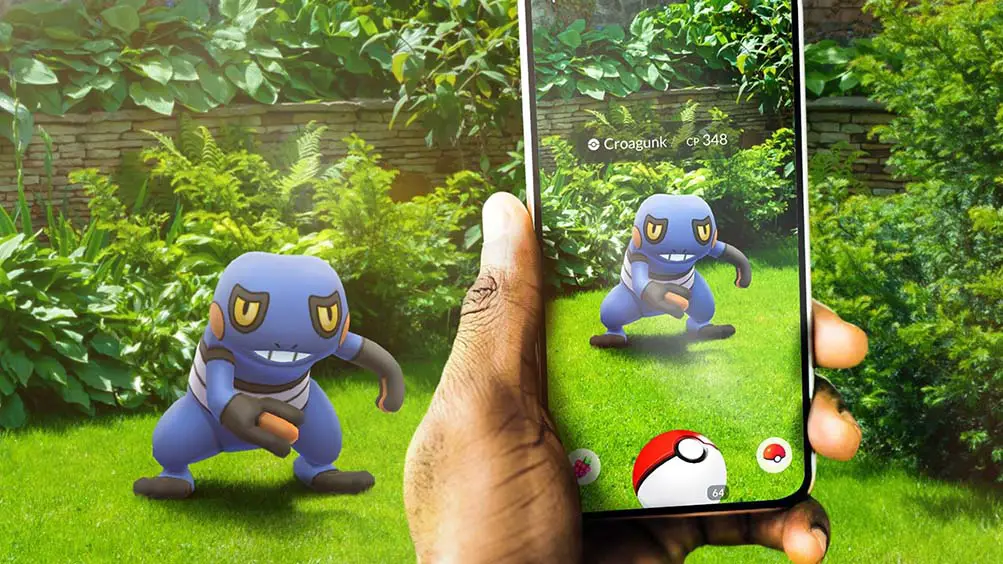
On the other hand, the mainline entries arrived on home consoles in 2018, when Pokémon: Let's Go, Pikachu! and Pokémon: Let's Go, Eevee! came out exclusively on the Nintendo Switch. However, while these two games maintained the classic turn-based gameplay of the franchise, they were just remakes of the original Generation One games with simplified catching mechanics that were inspired by Pokémon GO. But at least they allowed Game Freak to dip its toes into the world of console gaming, something that was completely new for the studio that had been developing Pokémon titles for portable devices for over twenty years.
The first brand-new Pokémon generation on home consoles was Generation Eight, which kicked off with the release of Pokémon Sword and Pokémon Shield in November 2019. While these two games were extremely controversial for a vast number of reasons, they were still received very well and quickly became the best-selling games in the franchise (and the seventh best-selling Switch exclusives). Curiously enough, they were surpassed in both of these areas by their direct follow-ups (and the start of Generation Nine), Pokémon Scarlet and Pokémon Violet, which are currently the top-selling Pokémon games of all time and the sixth best-selling Nintendo Switch exclusives. It’s also imperative to highlight 2023’s Pokémon Legends: Arceus, which was designed as a single-player experience that’s more in line with what players usually expect from a Triple A JRPG on home consoles. This is often considered one of the best and most innovative Pokémon games ever made, and even though it didn’t sell as well as the other Nintendo Switch entries, it was still a critical and commercial success that sold over 14 million copies in total.

Don’t get me wrong, there still are a lot of things you can (and should) criticize about Pokémon’s Nintendo Switch Era, like its rushed development periods, the removal of several Pokémon, the graphical and technical issues some of the games suffered from, and a lot more. However, nobody can deny that, after dominating the handheld market for more than twenty years, the franchise made a successful transition to the home console market, and it’s still going very strongly to this day. We shouldn’t take this for granted, because the death of handheld gaming could have easily led to the death of the Pokémon franchise as we know it. Fortunately, this didn’t happen, and these new Nintendo Switch games still are very fun, inventive, and addictive experiences that people around the world (adults and children alike) enjoy playing with their friends.
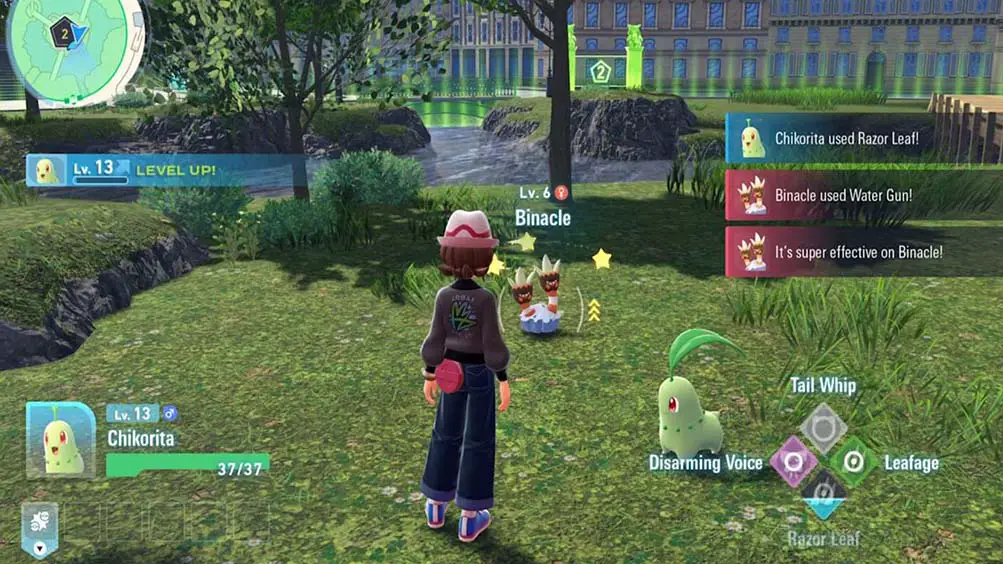
It seems old habits die hard, because Pokémon Legends: Z-A is set to release on Nintendo Switch in October 2025, five months after the launch of its direct successor, the Nintendo Switch 2. Of course, Legends: Z-A will also have an enhanced Switch 2 version that’ll look and run better, but it’s nice to know that this game’s release will extend the Switch 1’s lifespan for a few more months and that people who still own this eight-year-old hybrid console will still be able to enjoy it, just like in the days of the original Game Boy.


